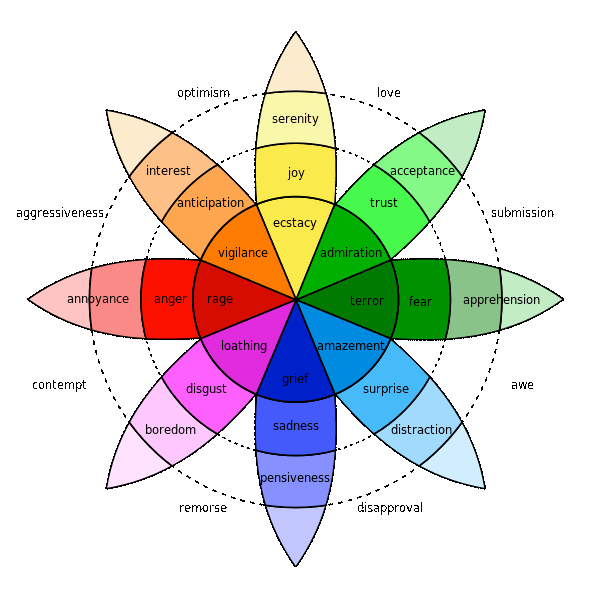People are the most important success (or failure) factor in software development projects. This is also true in the software testing field. In his article “Testing Your Emotions”, Stephen Janaway explains why it is very important that software testers understand their emotions as they can be a great heuristic to guide testing.
The article starts by presenting an example where communication is bad between a software developer and a tester. it then provides a definition of the term “emotion”, explaining the difference with “feelings” and “moods”. It then presents some emotional models that are available and that can help better understand emotions, more specifically the Plutchik’s Wheel of Emotion.

Plutchik’s Wheel of Emotion by Machine Elf 1735 – Own work. Licensed under Public Domain via Wikimedia Commons – https://commons.wikimedia.org/wiki/File:Plutchik-wheel.svg#/media/File:Plutchik-wheel.svg
The second part of the article explains how to apply the Plutchik’s Wheel of Emotion model to team situations and to software testing. If used correctly, emotions are an effective tool to find defects in software testing activities. They are particularly valuable for the defects related to performance, usability, reliability and of course functionality problems.
Stephen Janaway conclusion is that “Emotions are also a powerful testing heuristic and if you feel something when testing then it is sensible to act on it and consider delving deeper into the problem. As a tester you act as a proxy for the user, and by understanding your emotions more effectively then it allows you to understand the user better.”
Read the complete article on http://www.methodsandtools.com/archive/testingemotions.php

